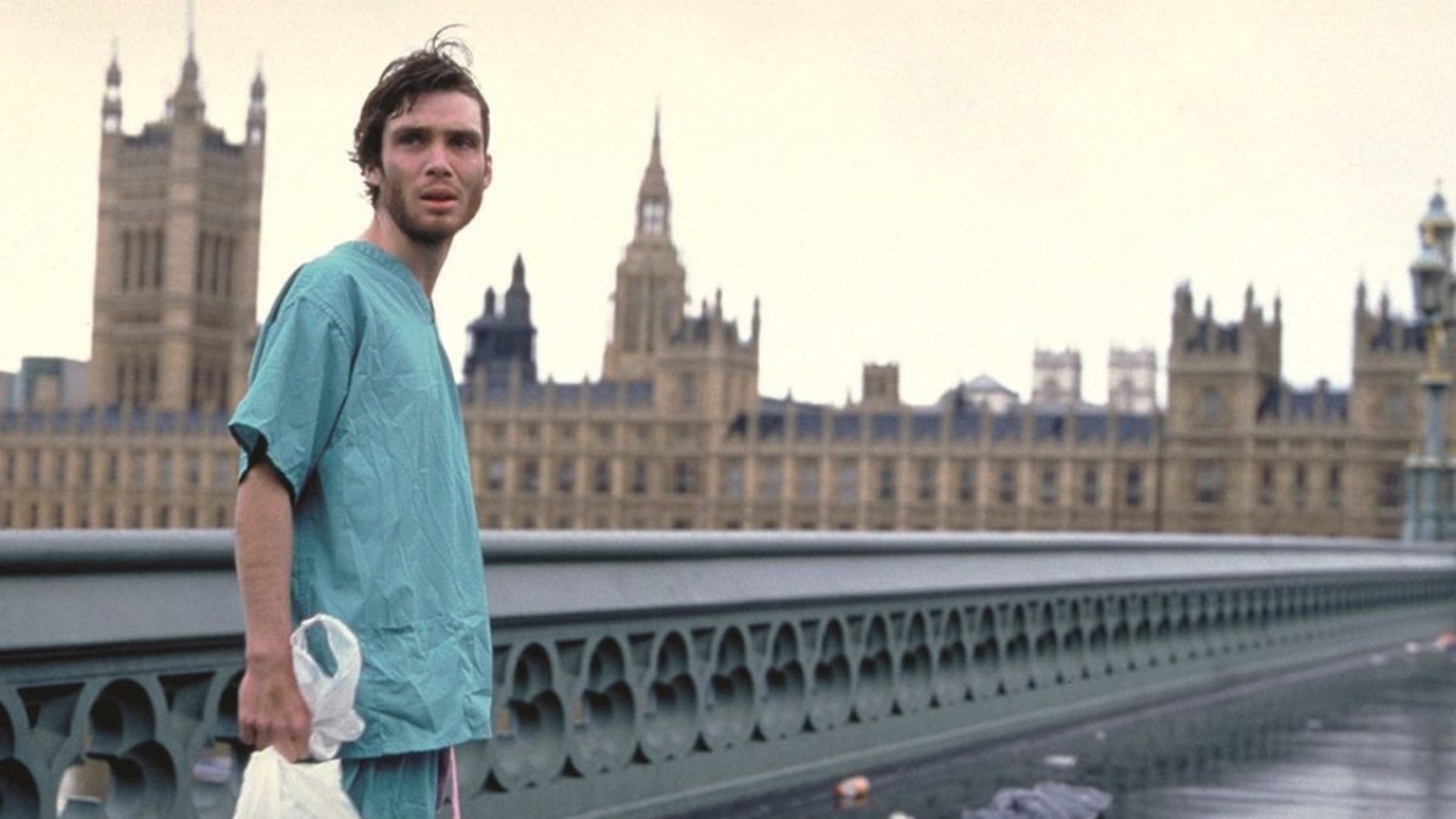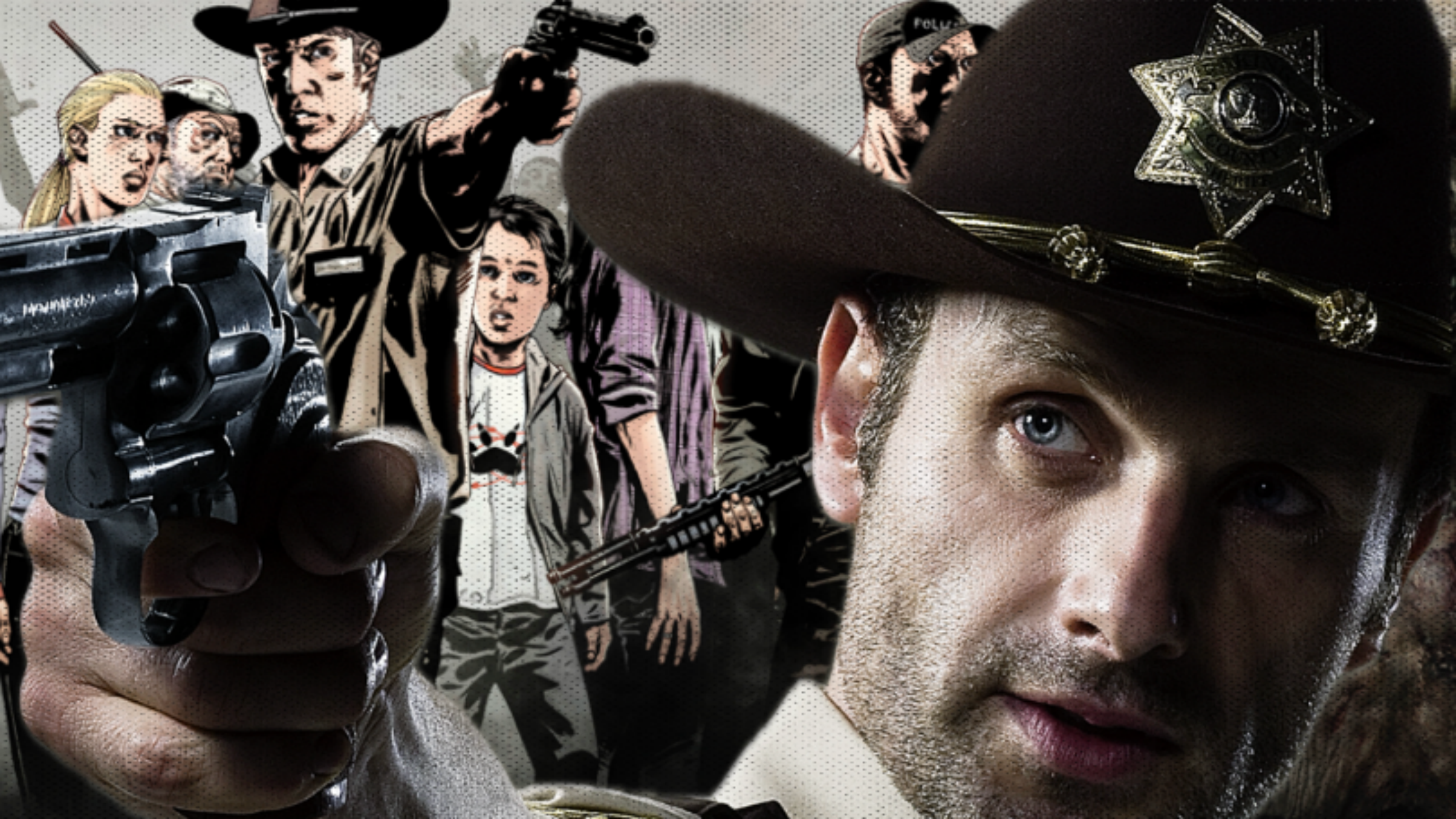
Danny Boyle’s movie, titled “28 Days Later“, revolutionized the zombie genre in the early 2000s by offering a fresh perspective on a genre that had become repetitive. The screenplay was penned by Alex Garland. In this film, the “infected” humans were portrayed as hyperactive and fueled by rage, significantly changing the dynamics and pace of survival horror. This introduced a more immediate, visceral threat that eventually replaced the conventional slow-moving undead in almost every zombie narrative. Moreover, its raw, gritty visuals made the London-based apocalypse feel distressingly real, contributing to its lasting impact as a cult classic. Over two decades later, the story is set to continue with both Boyle and Garland confirmed for a new trilogy, titled “28 Years Later“, where Cillian Murphy will reprise his role as Jim and serve as an executive producer.
28 Days Later’s impact goes beyond its unique visual style or creation of a new type of monster. The movie delved deeply into the psychological breakdown of its survivors, the harsh ethical decisions needed in a collapsed society, and the unsettling fact that even in desperate times, fellow humans can pose a more dangerous threat than mindless infected. These themes—dealing with the disintegration of social norms and the brutal truths of post-apocalyptic life— laid the groundwork for popular zombie franchises like The Walking Dead and The Last of Us. What many fans of these modern zombie series might not fully appreciate is just how much their favorite chilling scenes owe to 28 Days Later.
Before Rick Grimes, Jim Woke Up to the Apocalypse

28 Days Later starts with its main character, bicycle messenger Jim (Cillian Murphy), waking up from a coma in a hospital in London to an unsettling stillness, realizing that society has collapsed. As he navigates the once bustling city now empty of life, he sets the stage for the devastation caused by the “Rage” virus. Interestingly (or perhaps not), this plot device – a character waking from a coma in a hospital to discover an apocalyptic world overrun by the undead – is also a central aspect of The Walking Dead’s opening, where Sheriff Rick Grimes undergoes a similar awakening.

Read Next
28 Days Later was initially released in the UK in November 2002 and later in the US in June 2003. On the other hand, the debut of Robert Kirkman’s The Walking Dead comic book series, featuring Rick Grimes’ awakening, happened in October 2003. Although it might seem like both stories were influenced by each other, it’s important to note that 28 Days Later preceded The Walking Dead by more than a year. For the massive audience who made The Walking Dead a global sensation, their encounter with Rick’s (Andrew Lincoln) story via the AMC series didn’t happen until October 2010. This means that Jim’s shocked discovery of an empty London took place before the portrayal of Rick’s similar experience on television. The eerie silence and profound loneliness in Jim’s first moments established a standard for depicting the personal consequences of waking up to a world-ending event, which The Walking Dead later used as a foundation for its zombie-themed universe.
The Last of Us Takes Key Notes from 28 Days Later

As a movie enthusiast, I’d put it this way: In the post-apocalyptic genre, it’s common to find that the initial terrifying menace isn’t the only danger survivors have to contend with. This is a theme that “28 Days Later” masterfully explores in its climactic act. The protagonist, Jim, along with Selena (played by Naomie Harris) and young Hannah (Megan Burns), find themselves at a supposedly safe fortified mansion inhabited by soldiers led by Major Henry West (Christopher Eccleston). However, this alleged sanctuary hides a sinister truth: Major West and his troops aim to exploit Selena and Hannah sexually, using them as tools for their own survival and reproduction. This chilling portrayal of a once seemingly protective military force turning into an oppressive and predatory entity is a recurring motif that resonates strongly in the narrative of “The Last of Us.
a structured, armed group that uses its power not to protect, but to exploit.

Apart from sharing a common theme, both “28 Days Later” and “The Last of Us” exhibit a striking similarity in one particular scene. After fleeing the city, Jim, Selena, Frank, and Hannah stumble upon an apparently untouched countryside, where they witness a group of horses galloping freely. This tranquil scene of nature surviving amidst human devastation serves as a moment of calm and hints at life enduring. The emotional resonance of this scene mirrors the powerful encounter with a herd of giraffes in “The Last of Us,” where Joel (Pedro Pascal) and Ellie (Bella Ramsey) watch them gracefully traverse a decaying urban landscape. Both scenes function as silent messages about hope and the endurance of beauty in a desolate world, providing a much-needed emotional reprieve for both characters and viewers alike.
To elaborate, a pivotal moment in the movie “28 Days Later” sees Jim strategically using the infected against his human adversaries, notably Major West’s soldiers. In an attempt to rescue Selena and Hannah from these soldiers, Jim sneaks into their base and intentionally sets free Private Mailer, a soldier who had been held captive and used for study as an infected subject by West. Releasing Mailer causes chaos among the soldiers, essentially using their own research subject against them. This action is echoed in the gameplay of “The Last of Us Part II“, where players controlling Ellie are given the choice to release chained Infected to distract or attack hostile WLF or Seraphite soldiers. Although this player-driven decision from the second game has not been shown yet in the HBO series, future seasons of “The Last of Us” could adopt it, further linking the concept to the popularity of “28 Days Later“.
28 Years Later is scheduled to hit theaters on June 20, 2025.
https://comicbook.com/movies/news/best-post-apocalyptic-movies-mad-max-28-days-later/embed/#
Read More
- Forza Horizon 5 Update Available Now, Includes Several PS5-Specific Fixes
- Masters Toronto 2025: Everything You Need to Know
- ‘The budget card to beat right now’ — Radeon RX 9060 XT reviews are in, and it looks like a win for AMD
- Gold Rate Forecast
- We Loved Both of These Classic Sci-Fi Films (But They’re Pretty Much the Same Movie)
- Valorant Champions 2025: Paris Set to Host Esports’ Premier Event Across Two Iconic Venues
- The Lowdown on Labubu: What to Know About the Viral Toy
- Karate Kid: Legends Hits Important Global Box Office Milestone, Showing Promise Despite 59% RT Score
- Eddie Murphy Reveals the Role That Defines His Hollywood Career
- Street Fighter 6 Game-Key Card on Switch 2 is Considered to be a Digital Copy by Capcom
2025-06-16 22:40